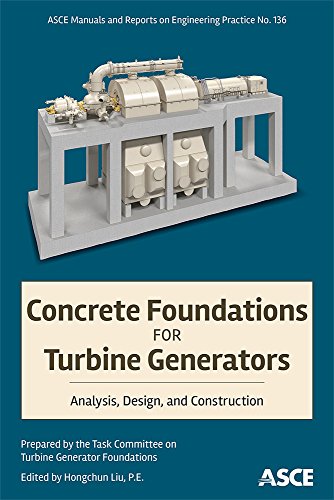

Most ebook files are in PDF format, so you can easily read them using various software such as Foxit Reader or directly on the Google Chrome browser.
Some ebook files are released by publishers in other formats such as .awz, .mobi, .epub, .fb2, etc. You may need to install specific software to read these formats on mobile/PC, such as Calibre.
Please read the tutorial at this link: https://ebookbell.com/faq
We offer FREE conversion to the popular formats you request; however, this may take some time. Therefore, right after payment, please email us, and we will try to provide the service as quickly as possible.
For some exceptional file formats or broken links (if any), please refrain from opening any disputes. Instead, email us first, and we will try to assist within a maximum of 6 hours.
EbookBell Team

0.0
0 reviewsThe design of turbine-generator foundations requires advanced technical expertise in structural engineering and soil dynamics, as well as close collaboration with manufacturers, mechanical and electrical engineers, and plant designers. Various manufacturers have different requirements for such foundations, and application of code provisions can demand a significant degree of interpretation. Concrete Foundations for Turbine Generators: Analysis, Design, and Construction provides the practical assistance needed by structural engineers and facility owners to meet these challenges with the most up-to-date and reliable information available. This Manual of Practice addresses the design of three types of concrete foundations for turbine generators: block foundations, with pedestals, piers, and blocks supported on a common mat foundation (basemat); elevated space-frame pedestal foundations, with columns, walls, and a tabletop supported on the basemat; and foundations where equipment or structural elements are supported on a vibration-isolation system. Topics include turbine generator equipment, foundation layout and sizing, foundation loads and load combinations, modeling of soil and pile response to dynamic loads, finite element modeling, serviceability analysis and acceptance criteria, strength and stability design, embedded items, vibration-isolated foundations, and construction considerations. Three appendixes on dynamic impedance discuss soil-supported rigid foundations, pile-supported foundations, and calculation examples.